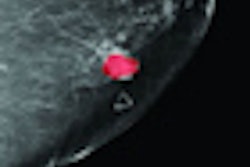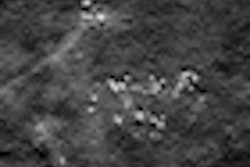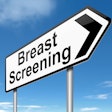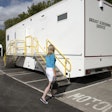Dear AuntMinnie Member,
It should come as no surprise: A new study released this week indicates that controversial guidelines on mammography screening released in 2009 by the U.S. Preventive Services Task Force (USPSTF) have confused women over when to get annual breast screening.
That's according to an article we're featuring this week in our Women's Imaging Digital Community. The story describes the results of a survey that analyzed both media coverage of the screening imbroglio, as well as how it affected women's perceptions of mammography. The survey found that nearly one-third of women in the 40 to 49 age group -- the main focus of the USPSTF's guideline change -- said the new recommendations confused them.
But what is surprising was a commentary that accompanied the study, in which the former chair of the USPSTF attributed the controversy to "media bias" in favor of mammography screening. To read more, just click here.
In other women's imaging news, learn about a program to reduce recall rates among radiologists by using both Internet-based training and a database-mining technique that enables course content to be tailored to individual physicians. That story is available by clicking here, or visit the community at women.auntminnie.com.
PET detects brain damage in welders
In other news, in our Molecular Imaging Digital Community we're highlighting a new study that indicates a possible link between welders and the development of Parkinson's disease.
Welders are exposed to manganese fumes in the course of their work, and a U.S. research team wanted to investigate the development of Parkinson's-like symptoms in healthy, active workers -- individuals not usually expected to develop the disease.
They used PET to examine radiotracer uptake in a small population of welders -- find out what they discovered by clicking here, or visit the community at molecular.auntminnie.com.



















